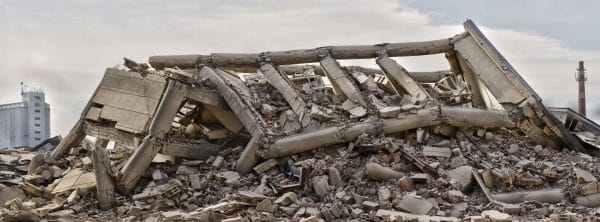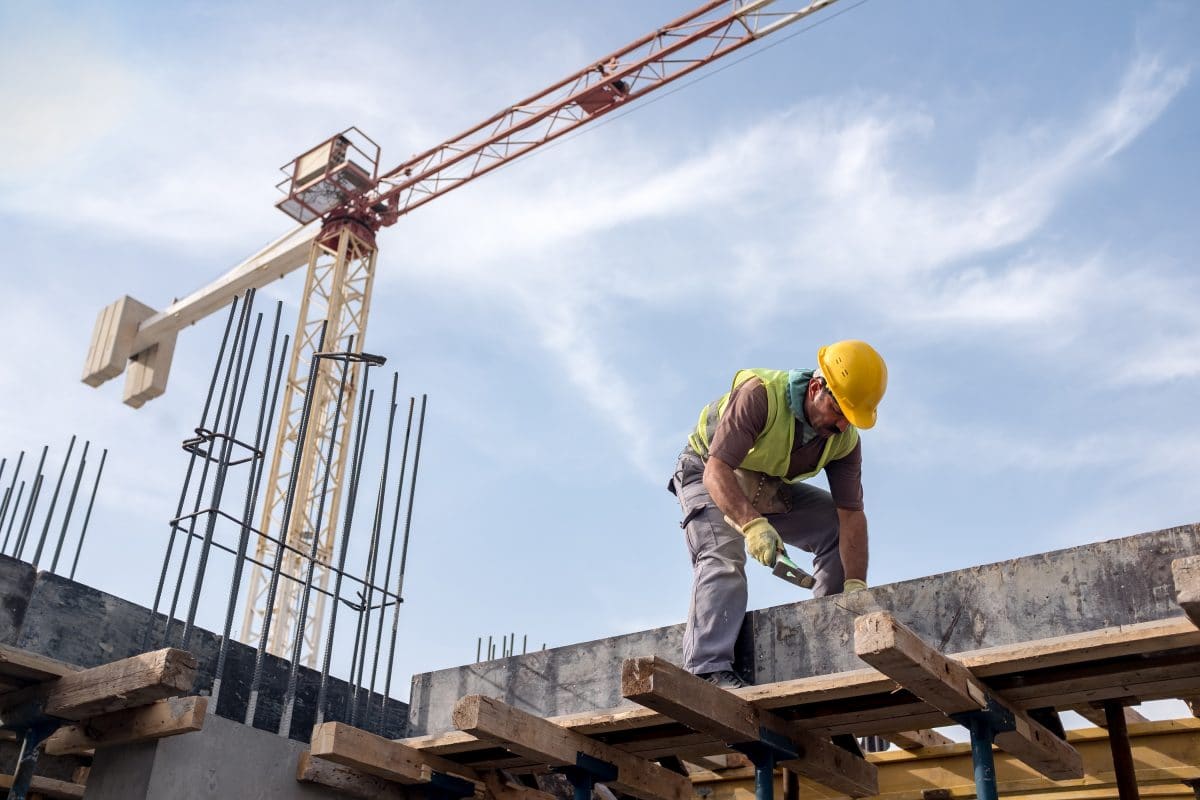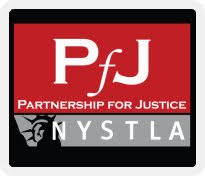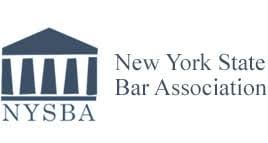BUILDING COLLAPSE CONSTRUCTION ACCIDENTS

Buildings collapsing is nothing new. In 27 BC, the Fidenae Ampitheatre in Italy collapsed causing 20,000 casualties. That same year, the Tower of Siloam in Jerusalem collapsed, killing 18. In 2018, there were two building collapses. The San Guiseppe dei Falegnami, a church in Italy and a commercial building in Marseilles, France, with eight casualties. There are many reasons why buildings collapse, but the common denominator is usually an owner that is not willing to spend the money needed to keep the building up to code. Building collapse construction accidents are not that uncommon, and sadly, most are preventable.
Employers have a responsibility to follow codes and employ safety precautions to protect their workers. Construction accidents are very common and the law provides many avenues for workers to obtain compensation. Occupants in buildings that collapse, due to negligence, can also make claims against the owners of the buildings and other parties that may have contributed to causing the collapse. Victims of building collapse construction accidents need attorneys that know exactly how to handle these complicated cases.
Sometimes the entire building does not collapse, but only a part of it. Ceilings falling are quite uncommon, are portions of floors that collapse. Occupants can suffer serious injuries from partial collapses, but catastrophic injuries and fatalities are less common. There are several typical reasons why a building, or a part of a building, collapses:
OVERWEIGHT LOADS – Buildings and the floors inside are engineered with a specific load weight in mind. Just as you see maximum weights for occupancy in elevators, the same concept applies to buildings as a whole. This is why some buildings do not allow grand pianos or large soaking tubs, due to their weight. This is also a common cause of construction accidents, as heavy machinery may be moved through a floor that cannot support its weight.
WEAK FOUNDATIONS – When building codes are not followed, cheap materials are used and untrained workers are utilized this creates a recipe for weak foundations, a leading cause of partial or full building collapses. Proper engineering is also a must, factoring in such considerations as how solid the soil is and how heavy the building will be when it’s complete.
IMPROPER USE OF MATERIALS – When cheap materials in construction, its very likely that construction accidents will follow. The building might not even succeed in being finished and therefore never becomes a threat to the public. These construction accidents that result in multiple fatalities or catastrophic injuries for workers, often fly under the media of the radar, as the owners and contractors hush it up.
MISTAKES BY WORKERS – When unskilled or underskilled workers are hired for projects, mistakes can abound. Even with detailed instruction, without experience, they will know how to make judgment calls about the consistency of concrete, the strength of a bond or the durability of a piece of metal. This type of cost cutting results in the loss of many workers lives and the lives of future occupants of those buildings.
FAILURE TO TEST – Even when plans are well engineered, high quality materials are and experienced workers are hired, the structural integrity of the building must be fully tested to make sure there are no safety hazards. Building codes around the world require this testing, and it is surprising how often it is overlooked. Every building must be tested for hardness, elasticity, strength, weight and toughness.
TYPICAL COLLAPSE TYPES
PANCAKE COLLAPSE – When a primary element of a building’s structure fails, this can cause a chain reaction where adjoining elements of the structure fails, leading to a progressive collapse of the entire building. There are usually no survivors. There can be many causes, including explosions and construction accidents. This type of collapse is sometimes used intentionally to demolish buildings.
CANTILEVER COLLAPSE – A cantilever is a structural element, usually a plate or a beam, that is rigid and usually anchored to a vertical support. A cantilever collapse is when outer walls give way, leaving the roof unsupported and upper floors dangling. It is especially difficult to locate survivors with this type of accident.
V-SHAPE COLLAPSE – When the center support of a building fails, the floor or roof usually collapses into the the shape of the letter V. Usually this is caused by either structural weakness or an explosion. When only a portion of the structure collapses, the entire building must be inspected carefully to assess whether it has been compromised and is now also vulnerable to collapse.
TENT OF A-FRAME COLLAPSE – This inverted V type collapse is particularly dangerous to adjacent structures that could be destroyed by walls from the original collapsing building.
LEAN TO COLLAPSE – Only one side of the building collapses, forming the shape of a “lean to.” Buildings with this type of collapse can sometimes be rebuilt, but careful inspection and removal of all damages areas would be required.
Victims of building collapse construction accidents can call Wittenstein & Wittenstein at 718-261-8114 for a free confidential consultaation. We can help you!






















